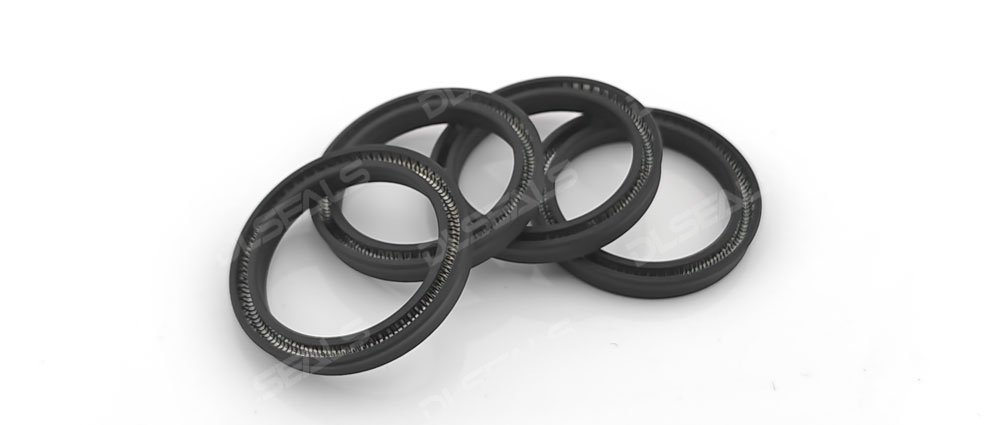In sealing applications, the compression set is a critical factor that significantly influences the performance and longevity of seals. Compression set refers to the ability of a seal to recover its original shape after being compressed over time. Understanding this concept is crucial for ensuring effective sealing in various industrial and commercial applications.
What is Compression Set?
Compression set, also known as permanent set or deformation, occurs when a seal is compressed for an extended period, and upon removal of the compressive force, it fails to return to its original shape entirely. This deformation can lead to a loss of sealing effectiveness, resulting in leaks or failures in the sealing system.
Importance in Sealing Applications:
Sealing Performance: Compression set directly impacts the sealing performance of a seal. Seals with high compression set tend to lose their ability to maintain a tight seal over time, leading to leakage of fluids or gases. Therefore, minimizing compression set is essential for ensuring long-term sealing effectiveness.
Reliability: Sealing reliability is crucial in various industries, including automotive, aerospace, manufacturing, and oil and gas. Components such as gaskets, O-rings, and other seals must maintain their sealing integrity under varying temperatures, pressures, and environmental conditions. High compression set can compromise the reliability of seals, leading to system failures and costly downtime.
Longevity: The ability of a seal to resist compression set directly impacts its longevity. Seals with low compression set are more likely to maintain their sealing properties over extended periods, resulting in longer service life and reduced maintenance requirements.
Factors Influencing Compression Set:
Several factors contribute to the compression set of seals, including:
Material Selection: The choice of sealing material plays a significant role in determining compression set. Elastomeric materials such as silicone, fluorocarbon (Viton), and EPDM exhibit varying degrees of compression set resistance. Selecting the appropriate material based on application requirements is crucial for minimizing compression set.
Temperature and Pressure: Operating conditions, including temperature and pressure fluctuations, can affect the compression set of seals. Seals exposed to extreme temperatures or high pressures may experience accelerated compression set, leading to premature failure.
Seal Design: The design of the seal, including its geometry and cross-sectional shape, can influence compression set. Seals with optimized designs that distribute stress evenly are less prone to deformation and compression set.
Conclusion:
Understanding the importance of compression set in sealing applications is essential for selecting the right seals and ensuring reliable performance. By minimizing compression set through proper material selection, design considerations, and operating condition management, manufacturers can enhance the longevity, reliability, and effectiveness of sealing systems in diverse industrial applications.
Post time: Mar-23-2024

